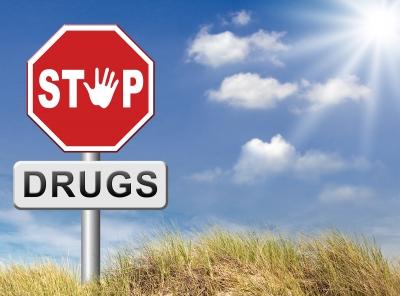Data from the Substance Abuse and Mental Health Services Administration (SAMHSA) continues to show that drug and alcohol abuse is on the rise. Employers may be confronted with the abuse of alcohol or controlled substances by their employees. How can you detect substance abuse in the workplace?
There are common signs and symptoms for substance abuse which can be spotted in the workplace:
- Eyes: bloodshot, watery, dilated pupils
- Motor skills: stumbling, falling, staggering
- Appearance: flushed, sweating, disheveled, pale
- Speech: thick, slurred, halting, racing
- Demeanor: excited, profane, combative, confrontational, angry
- Odor: smell of alcohol on breath or marijuana smoke on clothing
Unfortunately, many signs or symptoms could also indicate an illness, a disability, or even a problem at home prior to coming to work.
The employer must look at the combination of these signs and the overall presentation of the employee to form a reasonable suspicion that something is not quite right and conclude that the employee may be under the influence of alcohol or some other controlled or illegal substance.
Often, it is the supervisor who is in the best position to make this determination. When a supervisor reaches this conclusion, he or she should:
- Quickly document observations, sign and date the form or notes of the observation
- Ask HR or another member of management to confirm the supervisor’s observations
- Determine if safety issues exist. It may be wise to unobtrusively contain the situation by moving the employee to a safer task or area until the investigation is concluded
- Begin to confidentially investigate the reasons for the observed behavior

Armed with the information from the investigation and other witness reports regarding the behaviors and signs, the supervisor is prepared to decide jointly with HR or another member of management if reasonable suspicion exists. The employee should be escorted to a private area for a confidential conversation with the supervisor and HR or other management. The supervisor should begin by detailing the observations and then give the employee an opportunity to explain.
If it is determined that there is reasonable cause to believe that the employee is under the influence of drugs or alcohol, the next step will depend on company policy and past practice. It is considered best practice for employers to have a policy; however, if the employer does not have a policy on alcohol and/or drug testing of current employees, the supervisor may wish to remove the employee from work for the day. The employer will then need to address the employee’s inability to work under the company’s attendance policy. If the employer has a reasonable suspicion testing policy, that procedure should be followed.
Note that the employee should not be permitted to drive. An employee who is sent home may be required to contact someone to provide a ride home. Transportation to a testing site should be arranged by the employer.
Techniques such as documenting and confirming the observations as well as following company policy are valuable when addressing suspected abuse. Employers who have a policy on reasonable suspicion alcohol and drug testing are encouraged to train their supervisors to recognize and handle substance abuse.
Need help with your drug and alcohol policy and procedure? MRA’s HR Hotline can help you!



